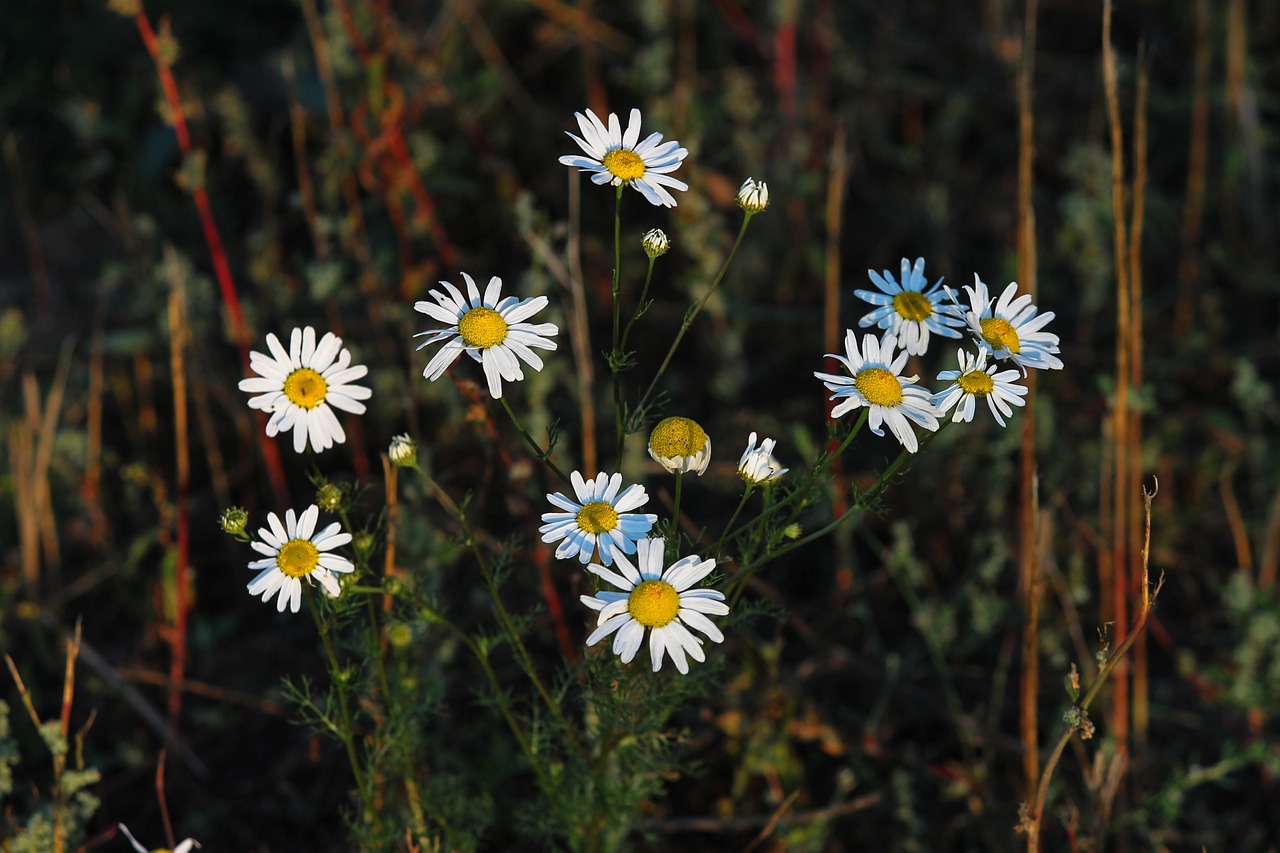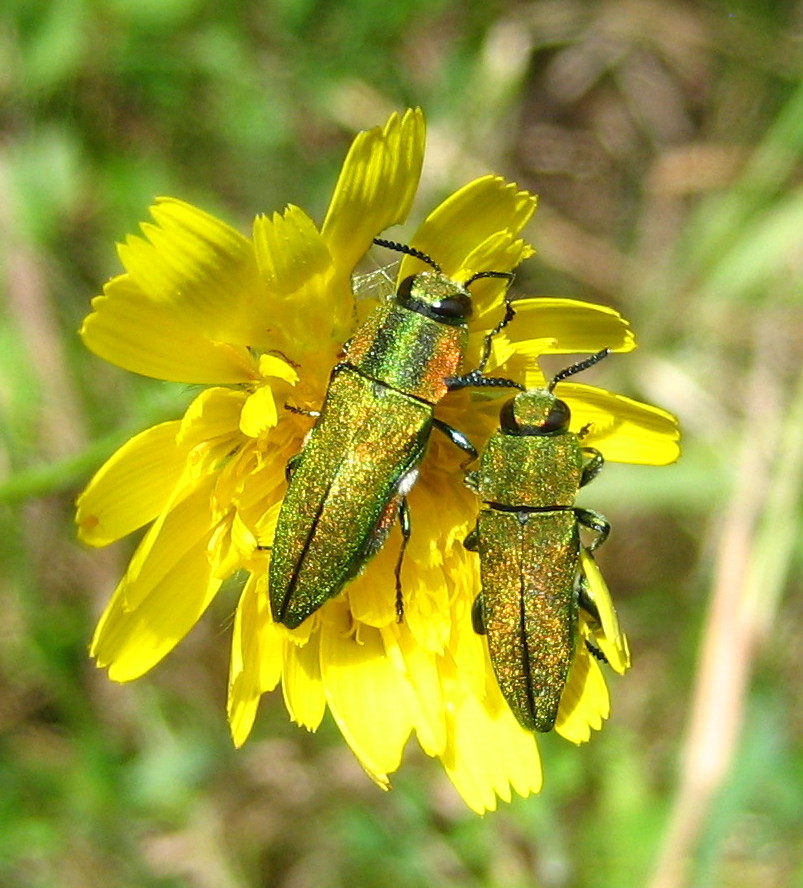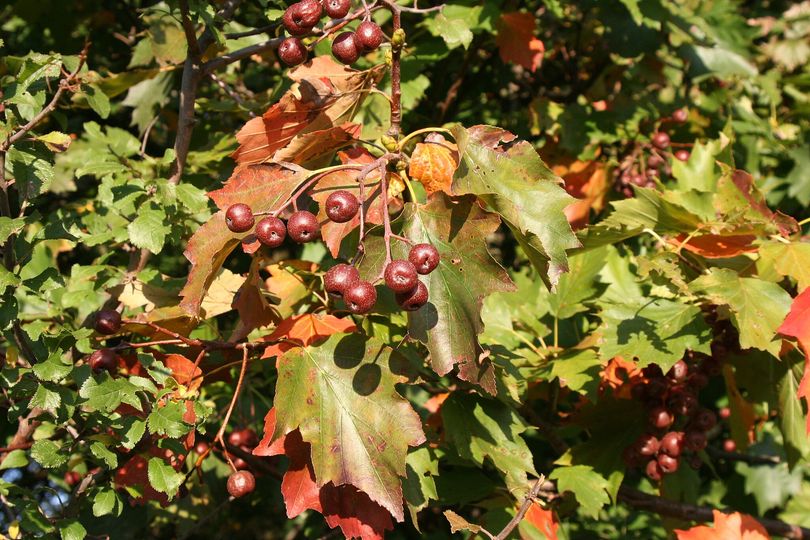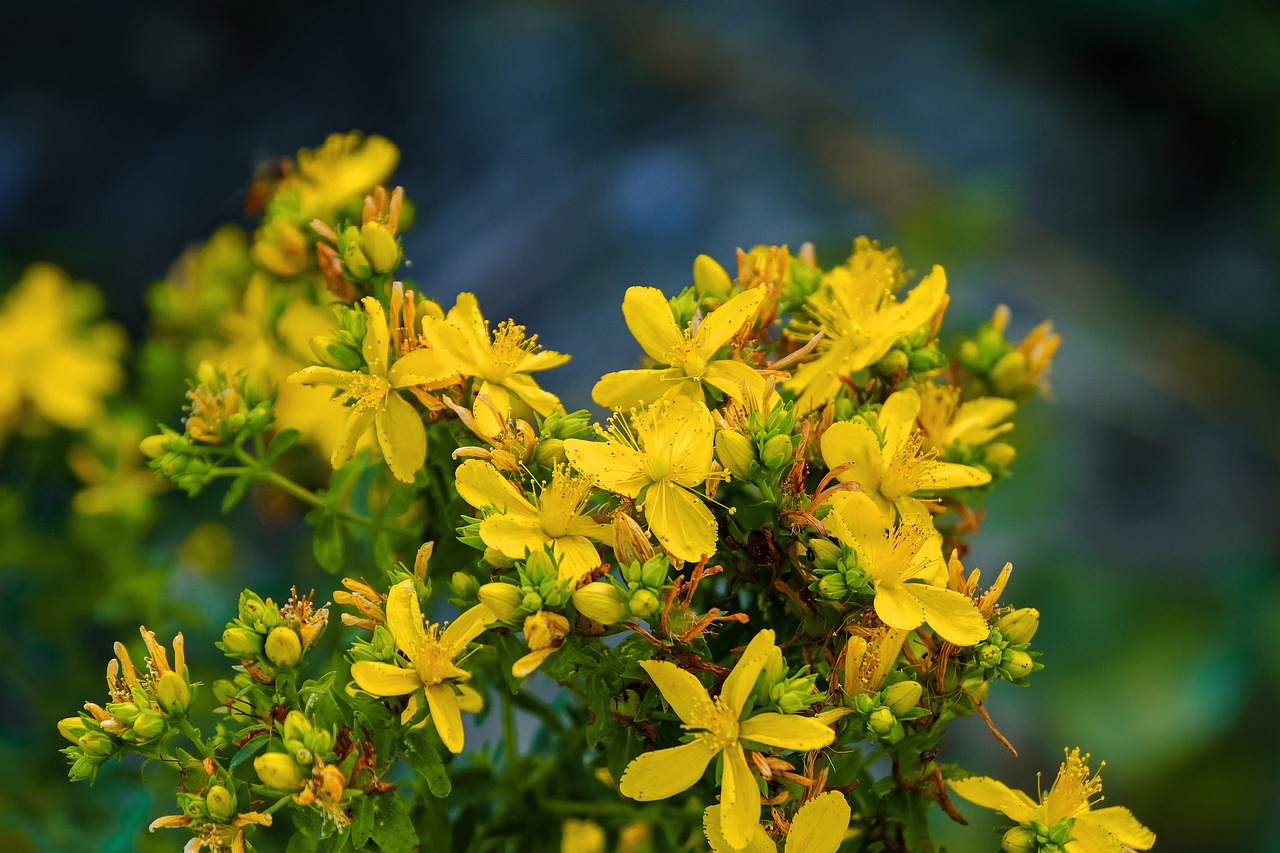Corn chamomile A field chamomile 🌼🌱
lifepollinaction2024-08-02T17:28:48+02:00Corn chamomile A field chamomile Anthemis arvensis, called corn chamomile, is an herbaceous plant belonging to the Asteraceae family. It is common in cereal crops, pastures, and along roadsides. Common chamomile resembles corn chamomile, but it is distinguished by its smaller flowers and characteristic aromatic odor. Anthemis arvensis blooms from April to August, attracting various pollinating insects . The seeds that fall to the ground are then dispersed mainly by ants . Did you know? Although it appears as a single flower, it is actually an inflorescence composed of numerous small flowers: the outer ones are white surrounding a central [...]





